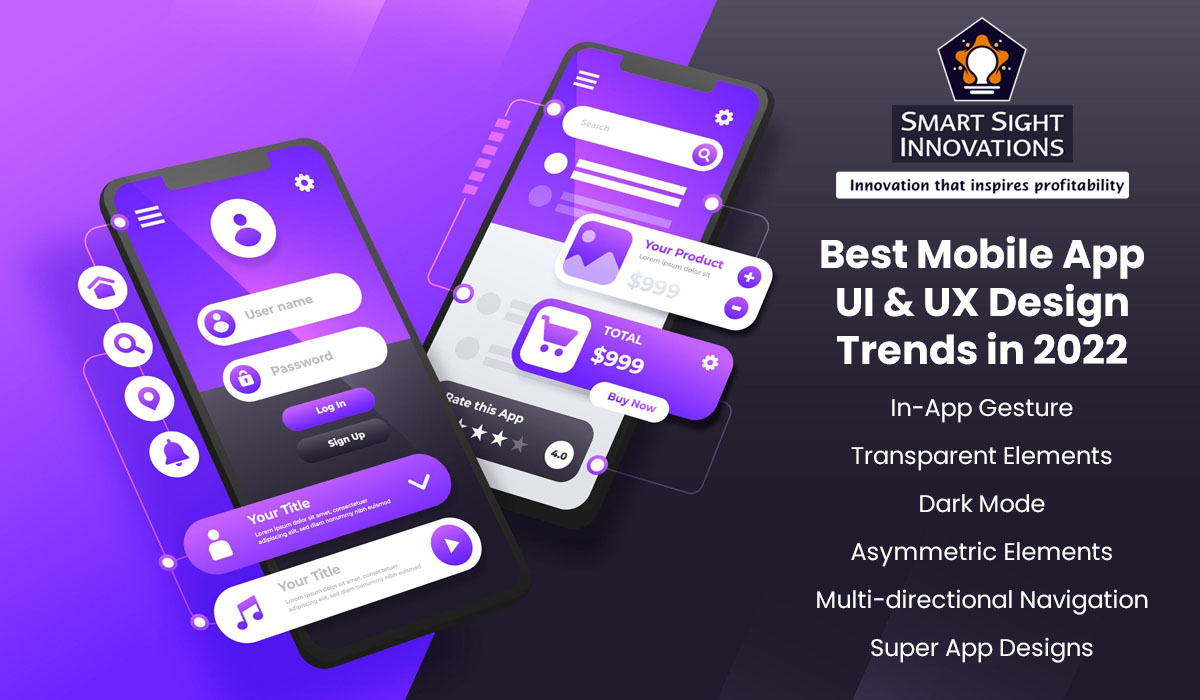CXBOS Insights
Your daily dose of news, insights, and information.
The Great UX Debate: Functionality vs. Aesthetics
Explore the heated debate between UX functionality and aesthetics—discover which truly drives user satisfaction and success!
Exploring the Balance: How Functionality and Aesthetics Impact User Experience
In the digital landscape, user experience (UX) is heavily influenced by the interplay between functionality and aesthetics. Functionality refers to how effectively a design fulfills its intended purpose, enabling users to navigate and complete tasks seamlessly. When websites or applications prioritize functionality, they often incorporate elements such as intuitive navigation, fast loading times, and accessible features to enhance usability. A well-functioning design ensures that users can focus on their objectives without obstacles, fostering a positive experience. This is why striking the right balance between functional and aesthetic elements is crucial in shaping overall UX.
On the other hand, aesthetics play a pivotal role in attracting users and creating an emotional connection to the content. A visually appealing interface stimulates interest and encourages exploration, making users more likely to engage with the site. Elements such as color, typography, and imagery contribute significantly to the overall user experience, as they can evoke feelings of trust and comfort. However, if aesthetics compromise functionality, users may find themselves frustrated and disengaged. Thus, achieving a harmonious balance between functionality and aesthetics not only enhances user experience but also encourages user retention and satisfaction.

Functionality vs. Aesthetics: Which Should Take Priority in UX Design?
In the realm of UX design, the debate between functionality and aesthetics is one that often stirs passion among designers and users alike. Functionality pertains to how effectively a product accomplishes its intended tasks, ensuring that users can navigate seamlessly without confusion. On the other hand, aesthetics play a crucial role in creating an emotional connection with users, making the experience visually pleasing and engaging. Ultimately, the challenge lies in finding a balance between the two; an interface that is purely functional may feel sterile and uninspiring, while a beautifully designed product that lacks usability can lead to frustration and abandonment.
When considering which aspect should take priority, it's essential to recognize that a successful UX design must prioritize the user's needs. A design that emphasizes functionality enhances user satisfaction by allowing them to achieve their goals efficiently. However, an aesthetically pleasing design can significantly impact user retention and brand loyalty. Therefore, instead of viewing functionality and aesthetics as opposing forces, they should be seen as complementary elements that, when harmonized, can create a genuinely exceptional user experience.
The Role of Aesthetics in Usability: Is Beauty Essential for Functionality?
The interplay between aesthetics and usability is a critical consideration in design. While functionality aims at providing users with practical solutions, beauty plays a pivotal role in attracting and retaining users. Research suggests that visually appealing designs can significantly enhance user engagement and satisfaction. For instance, a survey revealed that users are 80% more likely to trust and interact with a well-designed interface, emphasizing that good aesthetics can lead to improved functionality. Thus, it’s essential to understand that the visual aspects of a product are not merely decorative; they are integral to its overall usability.
Furthermore, the relationship between aesthetics and usability is often rooted in psychology. Users tend to associate beauty with quality, leading them to perceive aesthetically pleasing products as more effective and easier to use. As such, it is crucial for designers to strike a balance between form and function. By employing principles of visual hierarchy, color theory, and intuitive layout, designers can create interfaces that are not only beautiful but also enhance user experience. In conclusion, while beauty may not be the sole indicator of function, it undeniably plays a vital role in shaping usability and user perception.